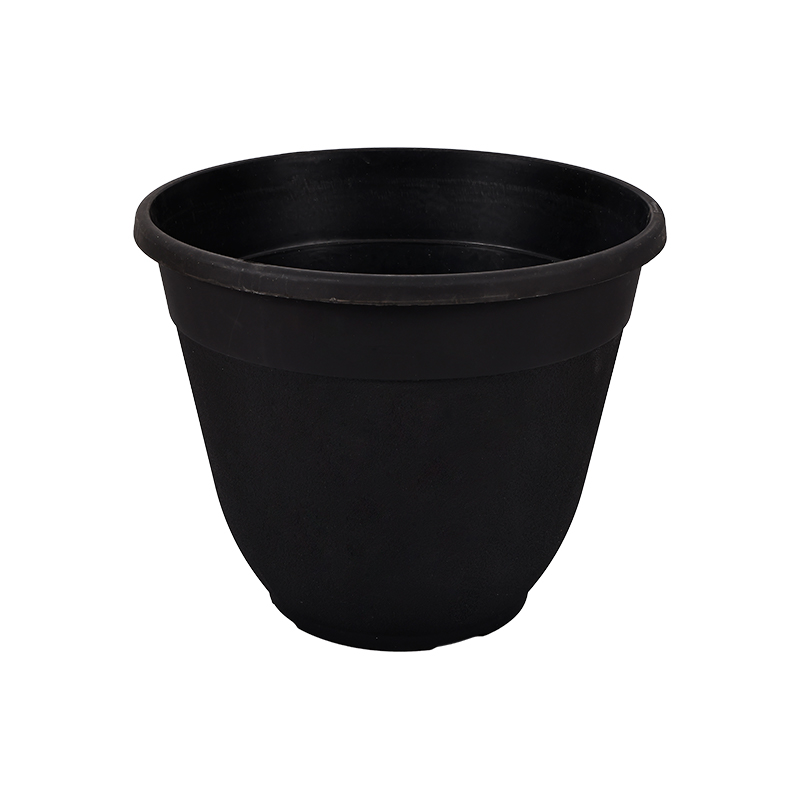
Crafting Growth: Exploring the Materials Used in Plastic Plant Pot Molds
In the realm of gardening and horticulture, the humble plant pot serves as the vessel for cultivating vibrant greenery and blossoming blooms. Behind the seamless and diverse designs of plastic plant pots lies the intricate craftsmanship of the Plastic Plant Pot Molds.
Polypropylene (PP):
Polypropylene is a popular choice for Plastic Plant Pot Molds due to its excellent balance of strength, flexibility, and durability. PP is known for its resistance to heat, chemicals, and impact, making it well-suited for outdoor applications where exposure to varying weather conditions is inevitable. Plastic plant pots molded from polypropylene can withstand sunlight, rain, and temperature fluctuations without compromising their structural integrity.
The use of polypropylene ensures that the plant pots maintain their form and function over extended periods, providing a reliable container for plants of all kinds.
High-Density Polyethylene (HDPE):
Another commonly used material in Plastic Plant Pot Molds is high-density polyethylene (HDPE). HDPE is valued for its sturdiness, resistance to chemical degradation, and recyclability. Plant pots made from HDPE exhibit enhanced durability, making them suitable for long-term use in both indoor and outdoor settings.
The recyclability of HDPE aligns with environmentally conscious practices, allowing for the responsible disposal and recycling of plant pots at the end of their lifecycle.
Polyvinyl Chloride (PVC):
Polyvinyl chloride, or PVC, is utilized in Plastic Plant Pot Molds to create pots with excellent rigidity and resistance to impact. PVC plant pots are known for their versatility in design, allowing for intricate shapes and details. PVC also provides a smooth and glossy finish, contributing to the aesthetic appeal of the plant pots.
While PVC offers certain advantages in molding flexibility, it's essential to note that the environmental impact of PVC has led to considerations regarding its sustainability and recyclability.
Polystyrene (PS):
Polystyrene is chosen for Plastic Plant Pot Molds when lightweight and cost-effective solutions are desired. PS plant pots are easy to handle and transport, making them suitable for a variety of planting needs. The material is also known for its insulation properties, helping to regulate soil temperature for ideal plant growth.
However, it's important to consider that polystyrene is less durable compared to some other materials, and its use may be more appropriate for short-term or seasonal applications.
Acrylonitrile Butadiene Styrene (ABS):
ABS is a thermoplastic polymer that finds application in Plastic Plant Pot Molds, particularly when impact resistance and durability are essential. ABS plant pots can withstand rough handling and external pressures, making them suitable for use in high-traffic areas or situations where pots may be subjected to accidental impacts.
The inherent toughness of ABS contributes to the longevity of plant pots, ensuring they remain intact and functional despite exposure to various environmental conditions.
Polyethylene Terephthalate (PET):
Polyethylene terephthalate, commonly known as PET, is utilized for Plastic Plant Pot Molds when transparency and clarity are desired. PET plant pots offer a glass-like appearance, allowing for a visually appealing display of the soil and roots. These pots are often chosen for showcasing decorative plants or when a modern and sleek design is preferred.
PET is also known for its recyclability, aligning with sustainability goals in the horticultural and gardening industry.
UV Stabilizers and Additives:
In addition to the primary materials mentioned above, Plastic Plant Pot Molds often incorporate UV stabilizers and additives. These components help protect the plant pots from the damaging effects of ultraviolet (UV) radiation, particularly when the pots are used outdoors. UV stabilizers prevent color fading, material degradation, and loss of structural integrity caused by prolonged exposure to sunlight.
The inclusion of UV stabilizers ensures that the plant pots maintain their appearance and functionality, even in sun-drenched environments.
As the demand for sustainable and environmentally friendly solutions grows, manufacturers are likely to continue exploring new materials and refining the design of Plastic Plant Pot Molds. These molds play a vital role in shaping the containers that nurture and showcase the beauty of plants, contributing to both functional gardening practices and aesthetic landscaping.

 English
English  русский
русский Español
Español






